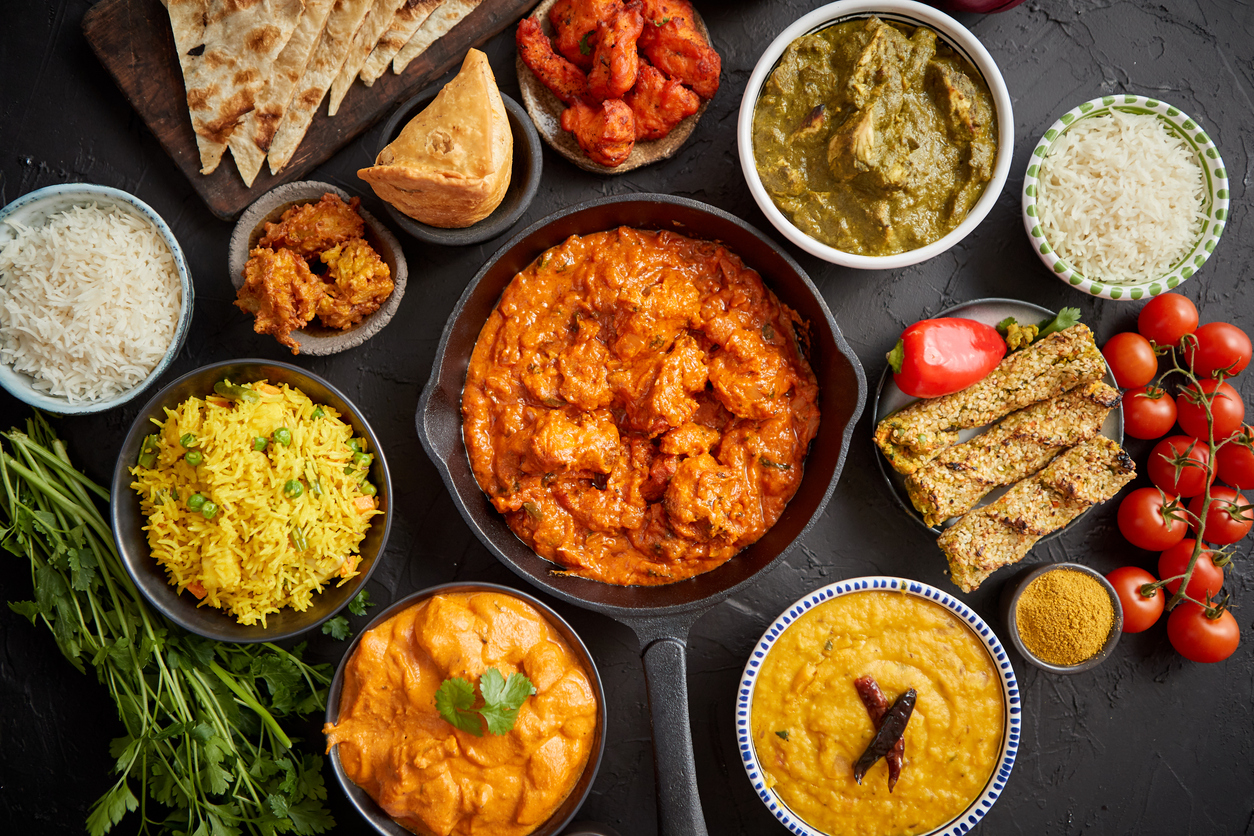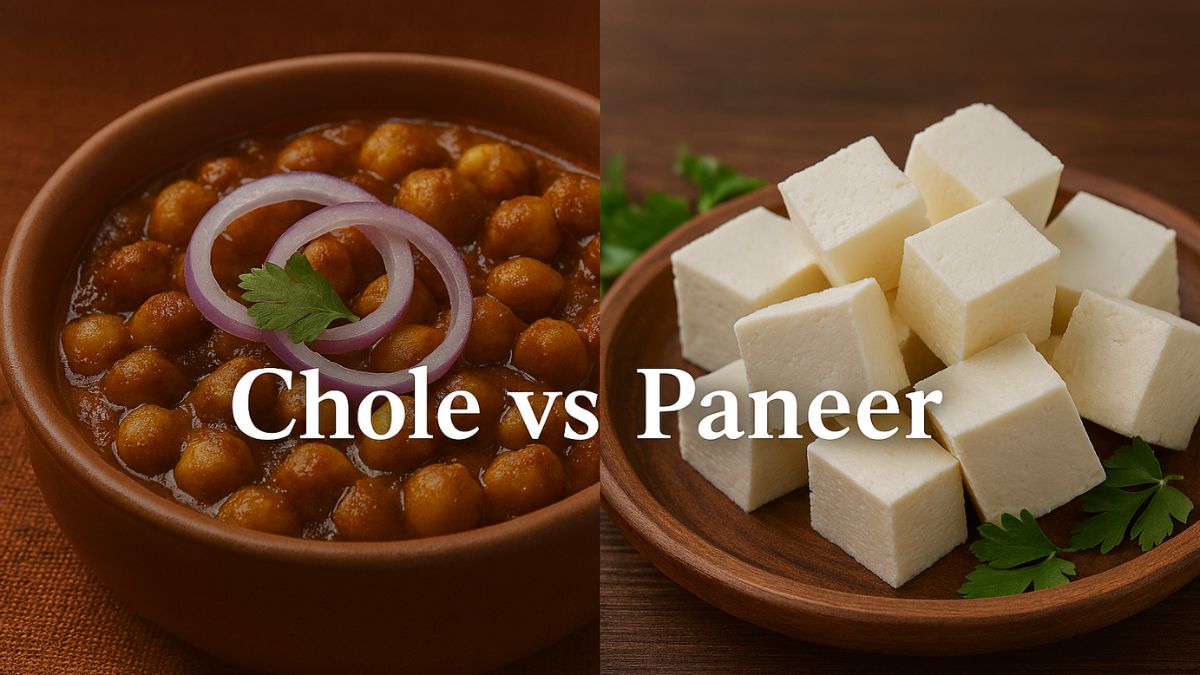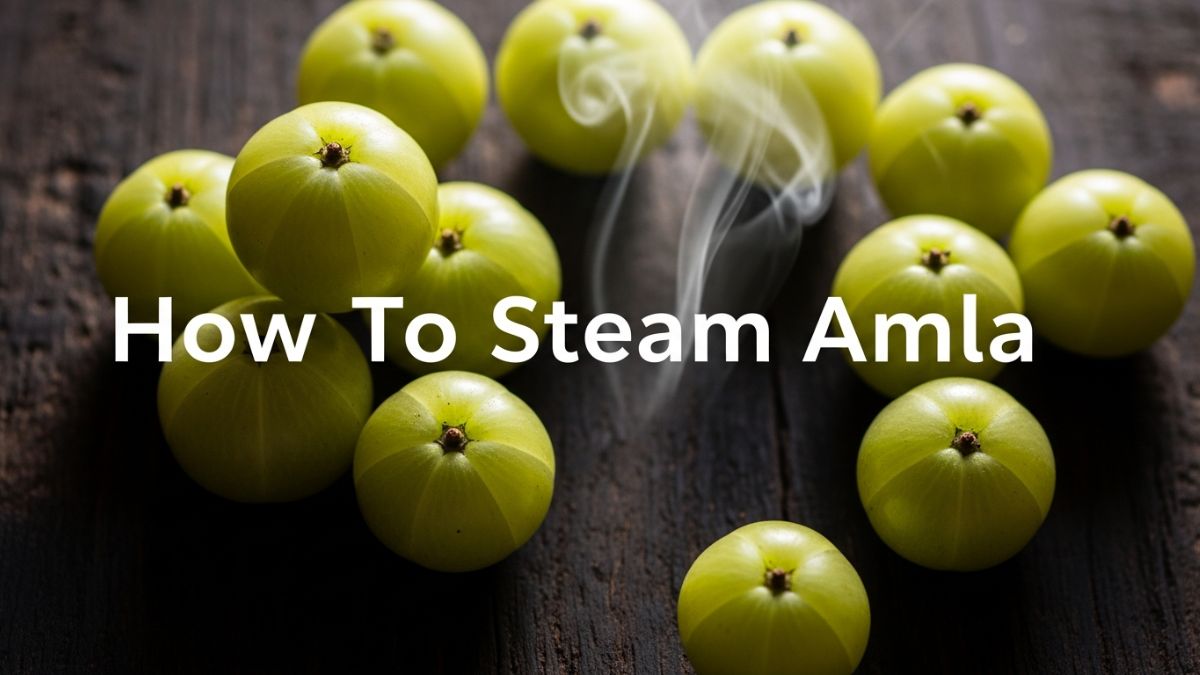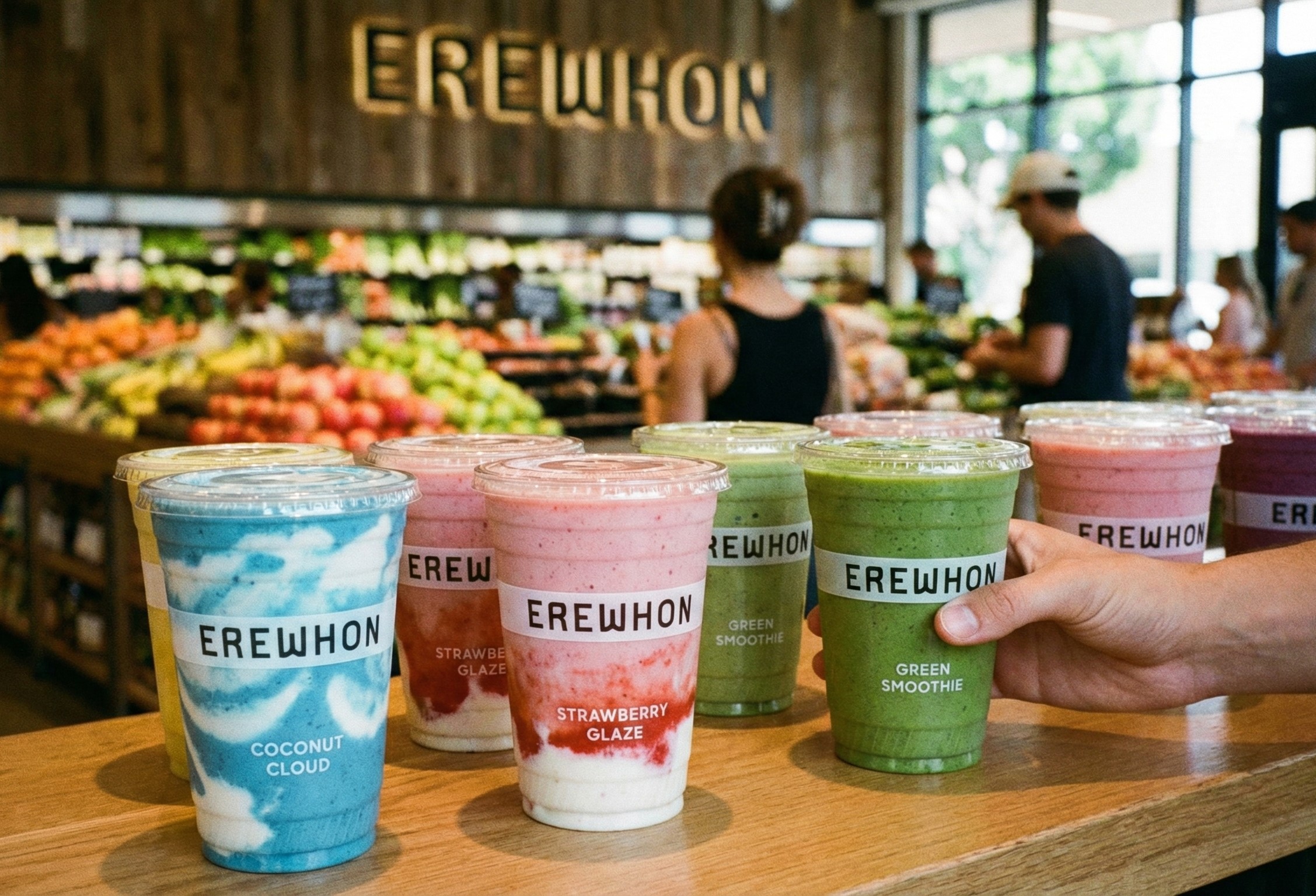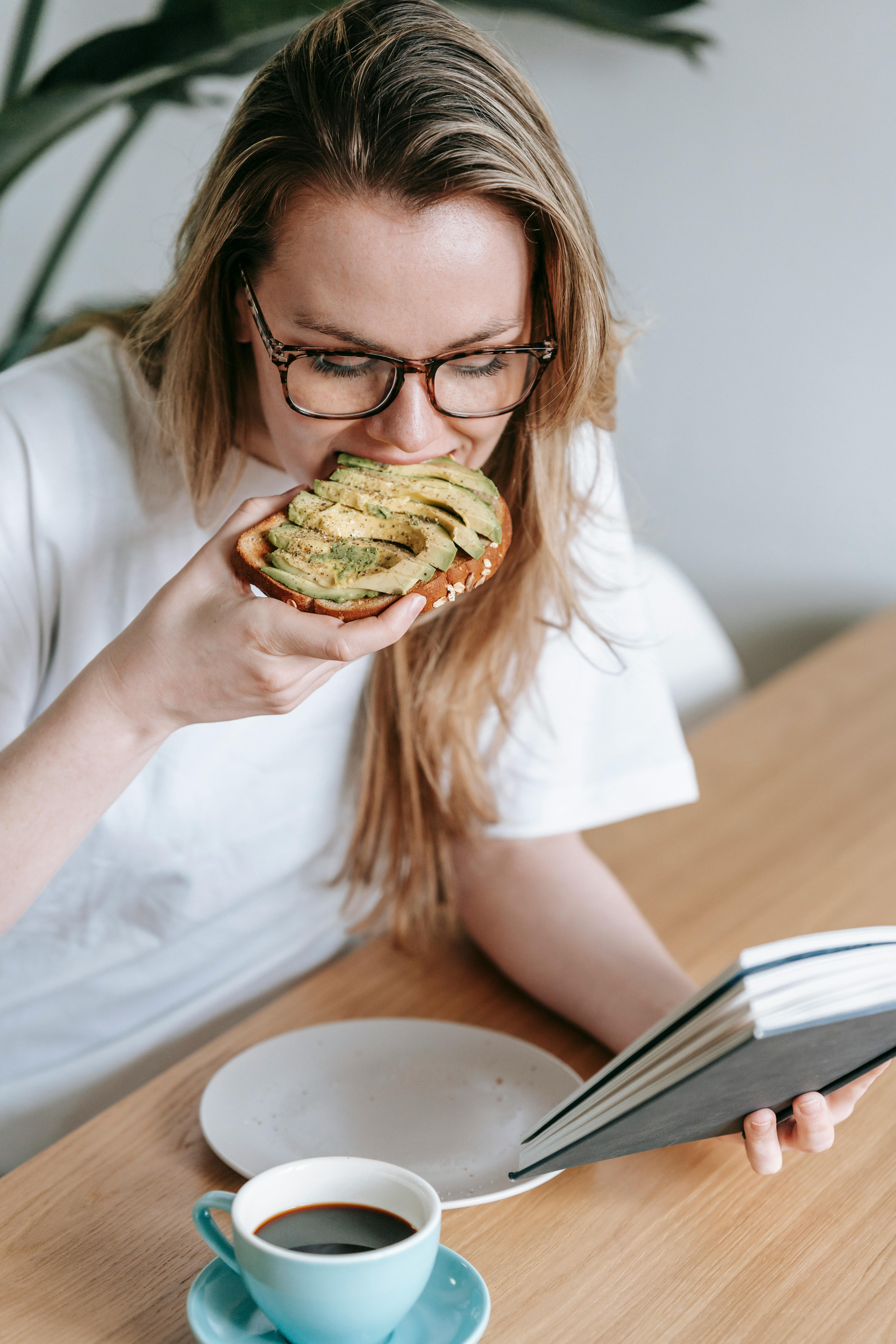Not only is ricotta an ingenious way of using up something that would otherwise go to waste, it's also incredibly delicate and delicious.
One man's trash is another man's treasure; and the by-product from one food can be perfect for making another. Ricotta is not so much a cheese as the leftovers after the curds have been strained to make other cheeses. The whey is cooked again - ricotta means, literally, "recooked" - with sour whey or another coagulant. Not only is this an ingenious way of using up something that would otherwise go to waste, it is also incredibly delicate and delicious. Ricotta is light and low in fat - a bit like cottage cheese, but far sexier.
Ricotta is curdled primarily by means of acid, rather than rennet - much as paneer, queso blanco and most fresh goat's cheeses are. While rennet creates a protein structure that is dissolved by heat, acid causes the proteins to stick together. This means ricotta doesn't melt, making it perfect for cooking and baking. I've enjoyed many happy cheesecake moments when uniting ricotta, mascarpone and cream cheese with caster sugar and grated lemon zest. In a savoury context, ricotta is at its best in gnudi - soft, delicate dumplings made only with ricotta, parmesan and nutmeg, and traditionally served in a sage butter.
My love for ricotta was recently rekindled in America, of all places, when I came across Maplebrook Farm's hand-dipped ricotta. I'm not sure what they do right in Vermont - I don't know what hand-dipped even means - but Maplebrook's cheese was really something else. It had a tremendous flavour, mild yet pronounced, and that familiar light, slightly rough, creamy texture. I couldn't put it down. I had it on toast and in omelettes; on pasta and spooned over fruit salad.
I have a suspicion that this was no ordinary ricotta, but rather a made-to-measure princess of a cheese with a fat content closer to mascarpone than to cottage cheese (ie very high) and a flavour to match. Still, even among the ricottas available in the UK, the quality varies wildly: what you get from an Italian deli or cheese shop will be very different from what you can find at a supermarket. The latter is fine for cooking, as in today's recipes, but generally, the younger and fresher your ricotta, the better.
Ricotta and oregano meatballs
Serve with orzo or tagliatelle, warm or at room temperature. Serve four.
5 tbsp olive oil
2 large onions, peeled and chopped
4 cloves garlic, peeled and crushed
2 medium carrots, peeled and cut into 1cm dice
2 large stalks celery, cut into 1cm dice
8 whole sprigs fresh oregano, plus 10g chopped oregano leaves
400g tinned chopped tomatoes
1 tsp sugar
500ml chicken stock
Salt and black pepper
500g minced beef
100g freshly made breadcrumbs
250g ricotta
60g grated parmesan
1 egg
20g chopped parsley
First, make the tomato sauce. Heat half the oil in a large sauté pan for which you have a lid. Add half the onion, half the garlic and all of the carrots, celery and oregano sprigs. Place on a medium-high heat and cook for 10-12 minutes, stirring a few times, until the vegetables have softened without taking on any colour. If need be, put the lid on the pan, to help prevent the onions from catching and burning. Add the tomatoes, sugar, half the stock, half a teaspoon of salt and a good grind of black pepper. Cook for 10-15 minutes, stirring from time to time, to give the sauce a chance to thicken gradually.
Meanwhile, make the meatballs. Put the remaining onion and garlic in a large bowl with the beef, fresh breadcrumbs, cheeses, egg, oregano leaves, parsley, three-quarters of a teaspoon of salt and some black pepper. Mix together with your hands, then shape into 12-14 balls weighing about 70g each.
Heat a tablespoon and a half of olive oil in a large frying pan and, when hot, add the meatballs. Sear for two minutes on each side. (Depending on the size of your pan, you may have to do this in two batches, adding the remaining tablespoon of oil before cooking the second batch.)
Remove the whole oregano sprigs from the tomato sauce, then gently press the seared meatballs into the sauce. Pour over the remaining stock, or just enough almost to cover the meatballs; top up with a little water, if need be. Cover the pan and cook on a very gentle simmer for 30 minutes. If the sauce needs to thicken more after this time - you want a thick, pasta sauce-like consistency - remove the lid and increase the temperature a little so everything bubbles away. Remove the pan from the heat and set aside for at least 10 minutes before serving.
Ricotta pancakes with gooseberry relish
These are not your ordinary fluffy-cakey pancakes, but rather more eggy and cheesy (and more comforting, too, I think), like a cross between cheesecake and clafoutis. The relish recipe yields more than you'll need here, but because the gooseberry season is so short and they are so wonderful, I've deliberately left some over for the fridge: spoon it over granola or your breakfast toast. Plums are a good substitute for gooseberries. Makes 10-12 pancakes, to serve four.
750g gooseberries, fresh or frozen
240g caster sugar
Shaved zest of ½ orange
10g ginger, peeled and julienned
1 cinnamon stick
4 medium eggs, lightly whisked
500g ricotta
25g potato flour
35g plain flour
¼ tsp vanilla extract
⅛ tsp salt
Sunflower oil
100g crème fraîche
Put the gooseberries, 180g of the sugar, the orange zest, ginger and cinnamon in a medium saucepan, and cook on a medium-low heat for about 30 minutes, until it's the consistency of a semi-thick compote. Set aside to cool.
In a large bowl, whisk the eggs and ricotta until smooth. Add the two flours, the vanilla and the remaining sugar and salt, and mix. Cover and refrigerate for an hour.
To cook, put a large frying pan on a medium heat, add a small splash of oil and, once hot, turn the heat to low. Depending on the size of your pan, you'll have to cook the pancakes in batches, either one or two pancakes at a time. Ladle in enough of the pancake mix to make one or two pancakes each around 10cm wide and 1cm thick, cook for three to four minutes, until golden brown underneath, then flip and cook for another minute on the other side. It is important to cook the pancakes on a low heat, so they start to set on top before you flip them, otherwise you'll end up with splashes of mix all over the pan. Transfer the cooked pancakes to a plate lined with kitchen paper and keep warm in a low oven while you cook the remaining mix.
Serve two warm pancakes on each plate, with gooseberry compote and crème fraîche alongside.
• Yotam Ottolenghi is chef/patron of Ottolenghi and Nopi in London
Yotam Ottolenghi's ricotta and oregano meatballs: 'The younger and fresher your ricotta, the less you have to do to enjoy it.' Photograph: Colin Campbell for the Guardian

